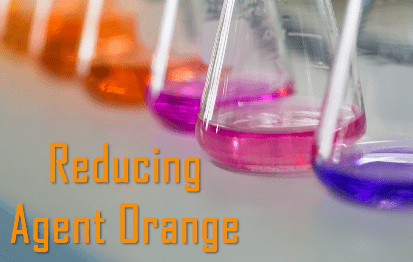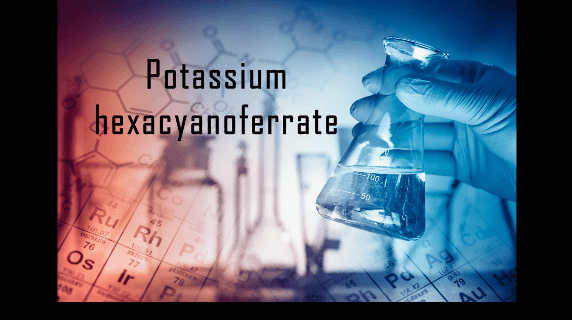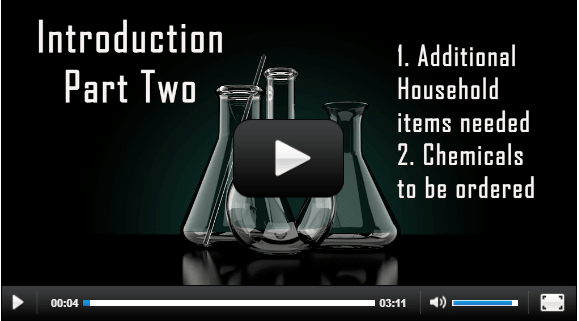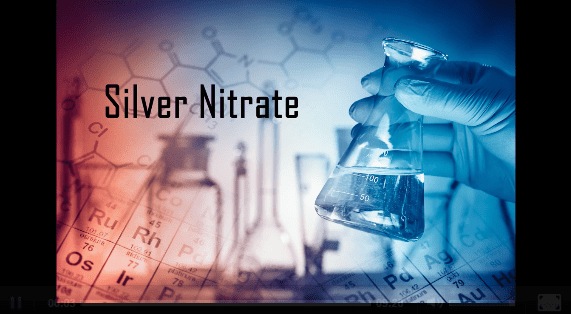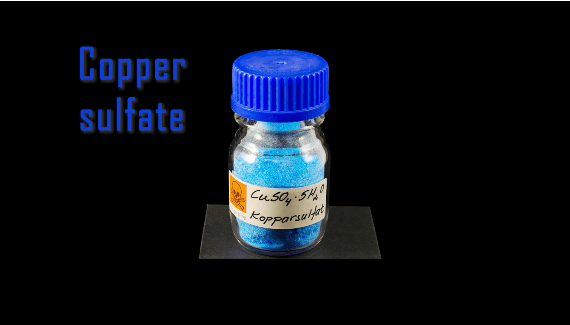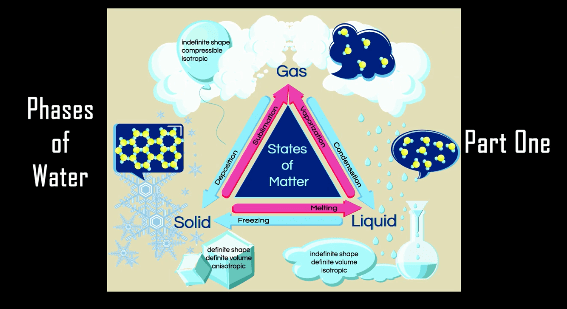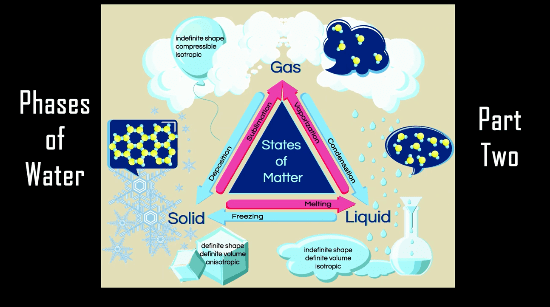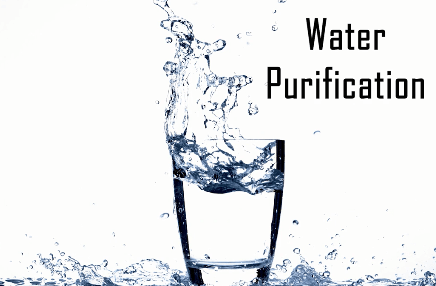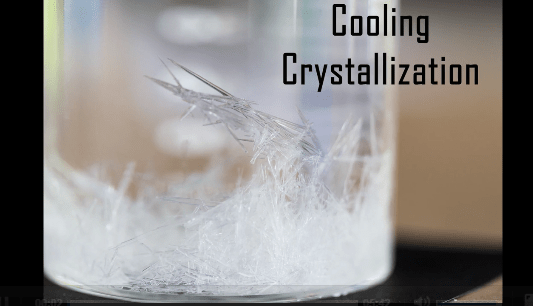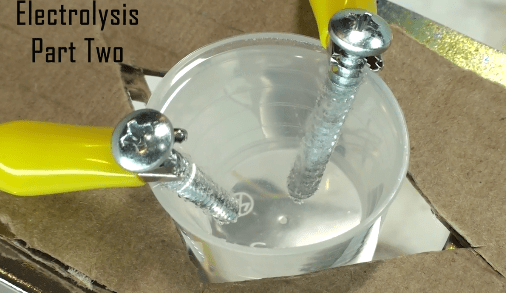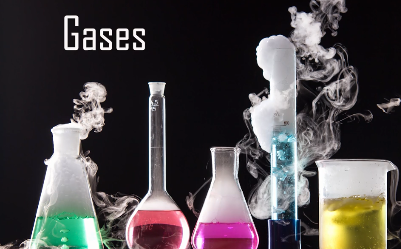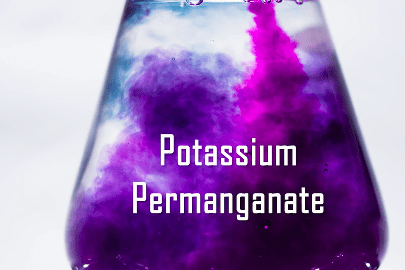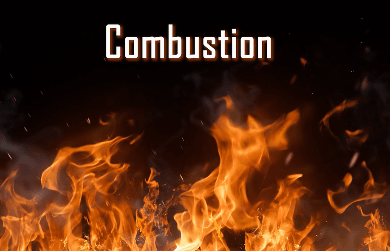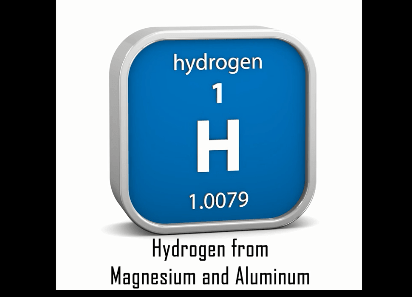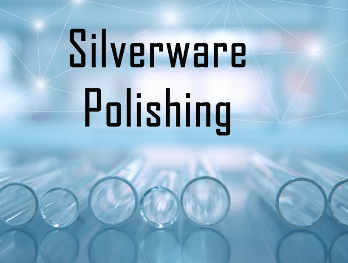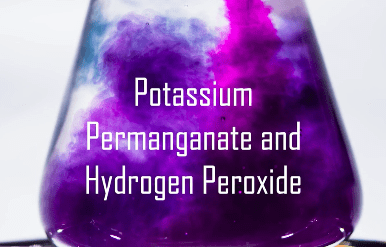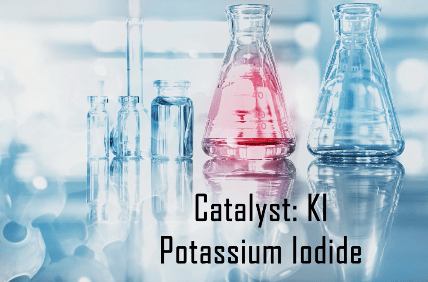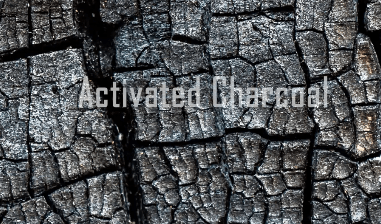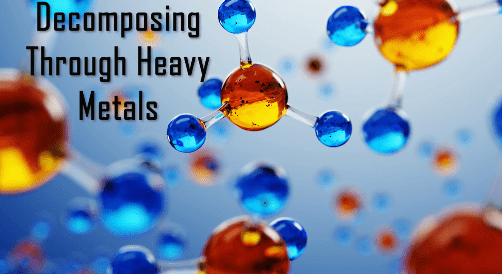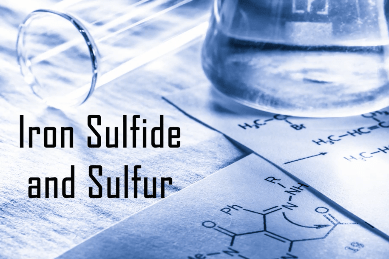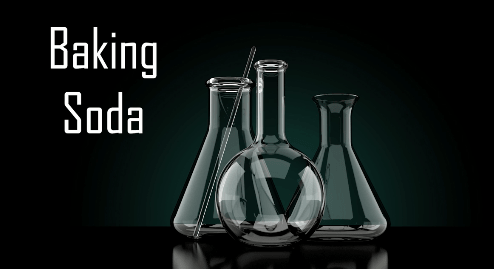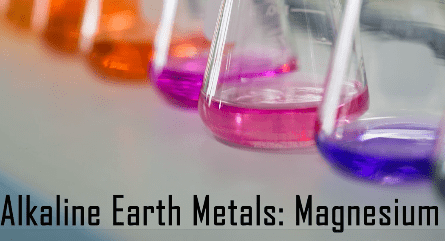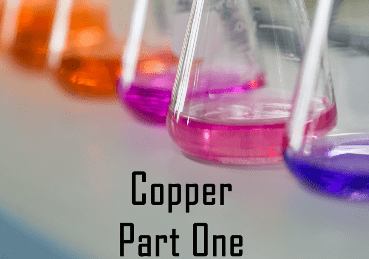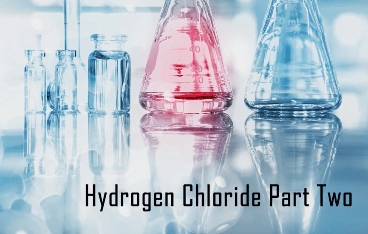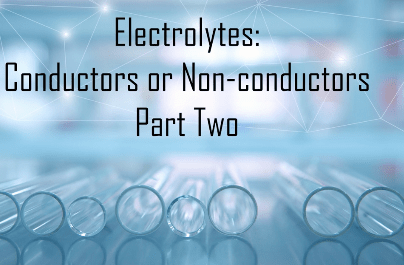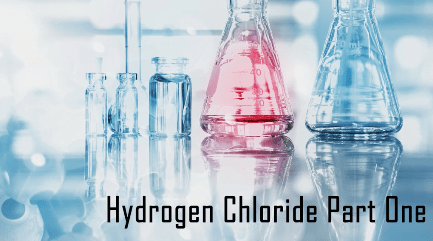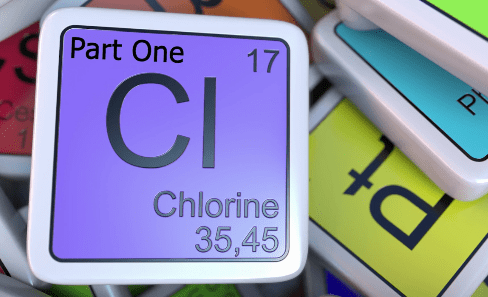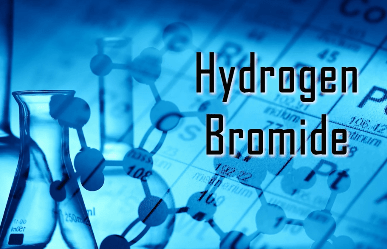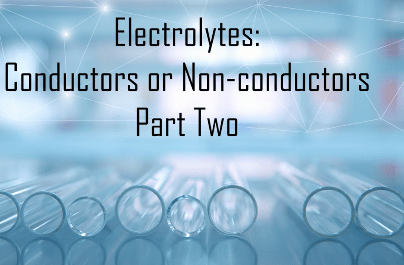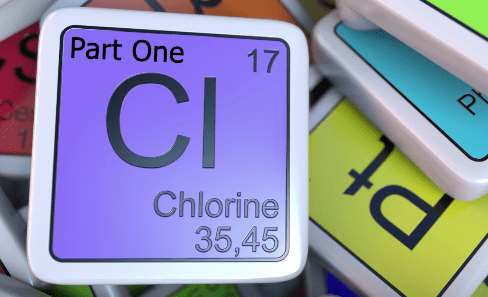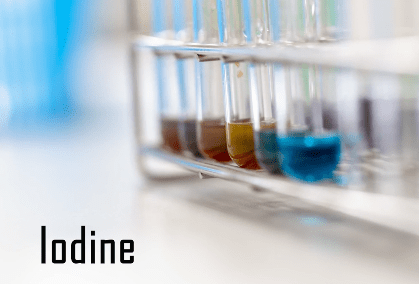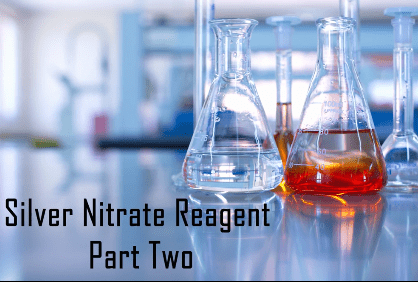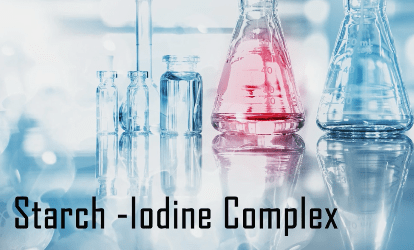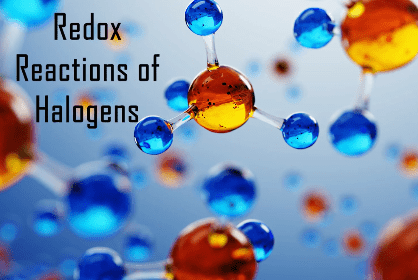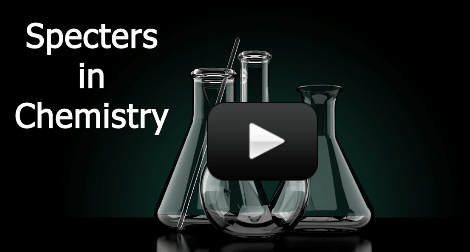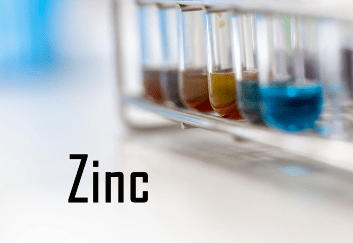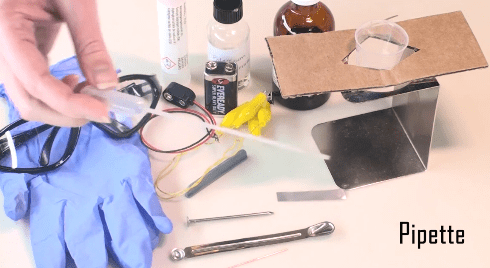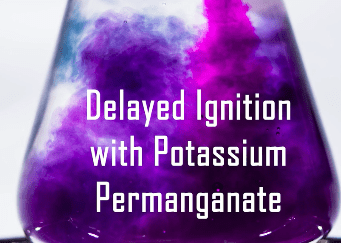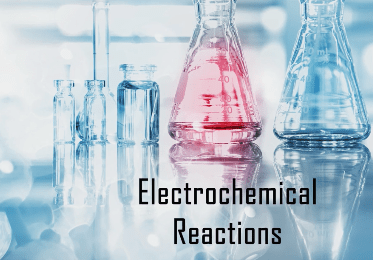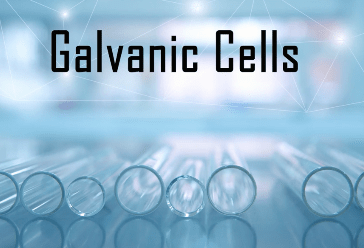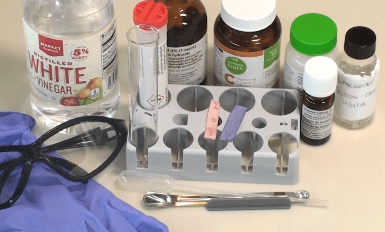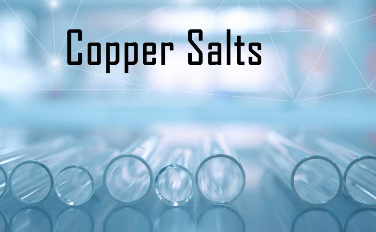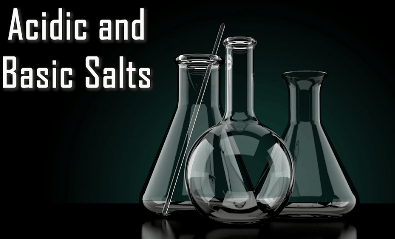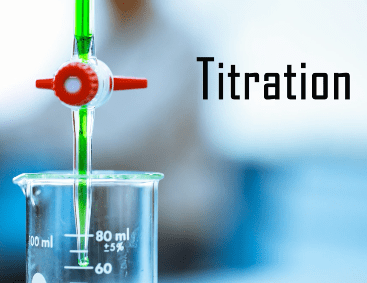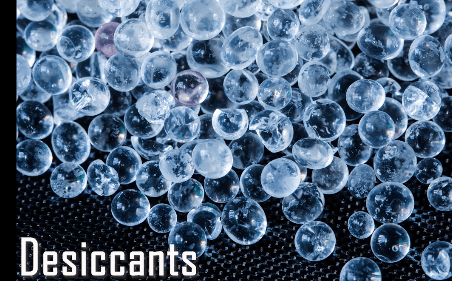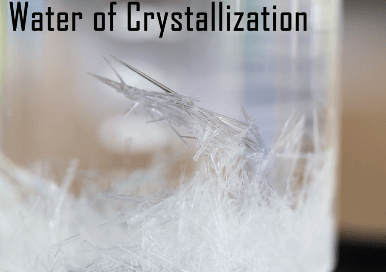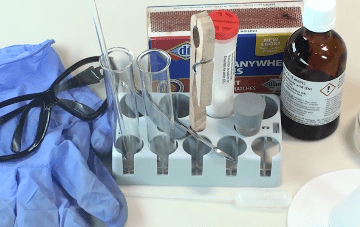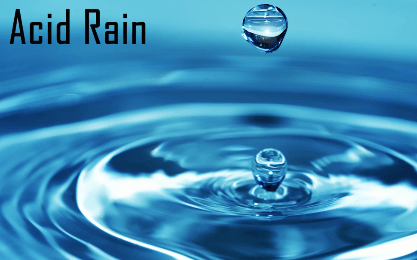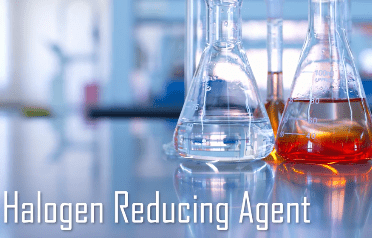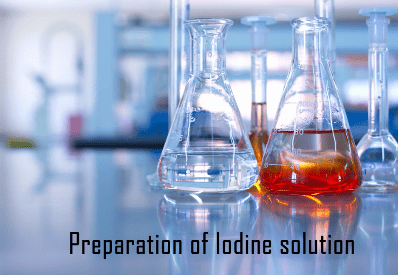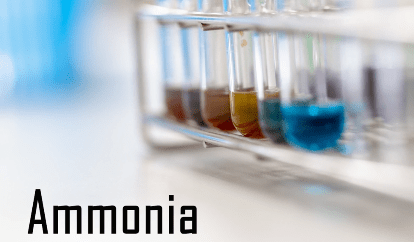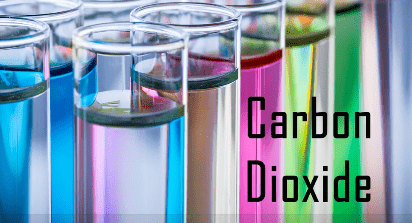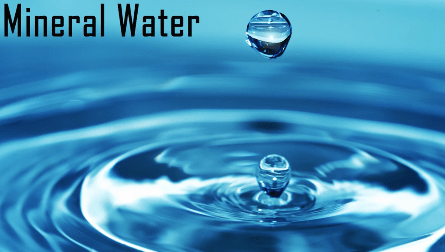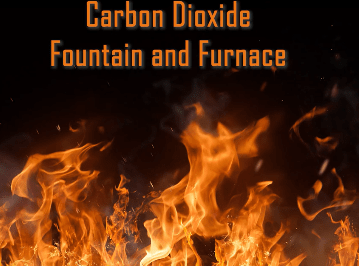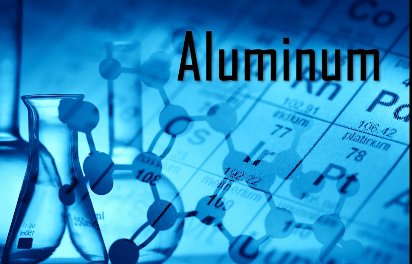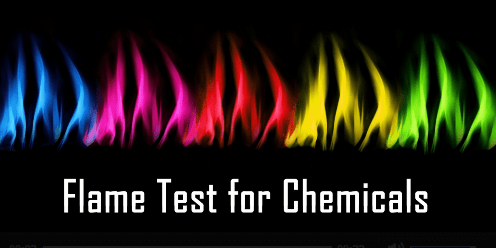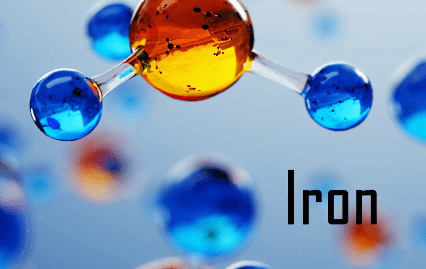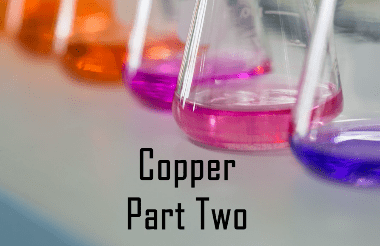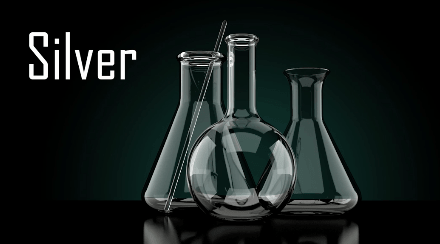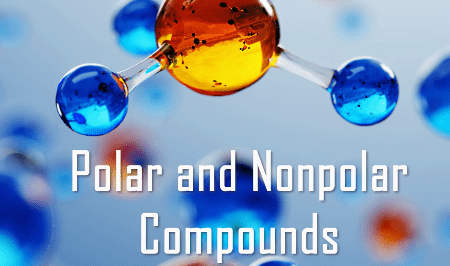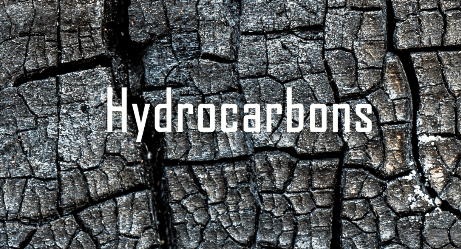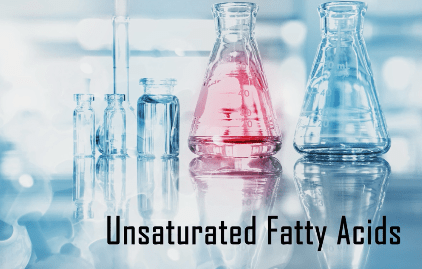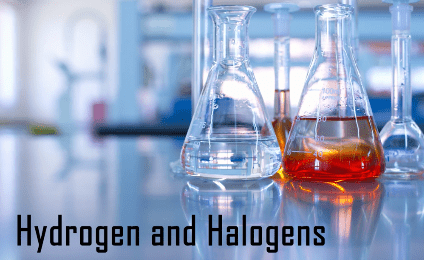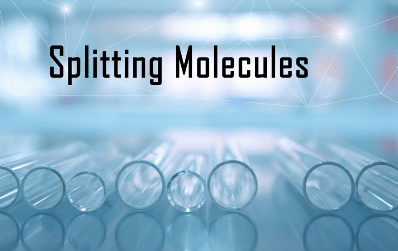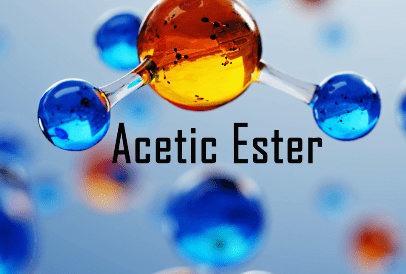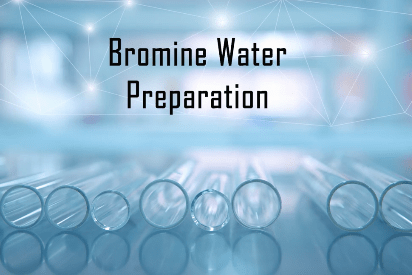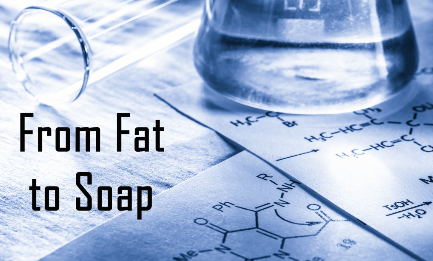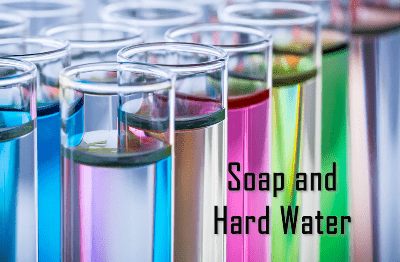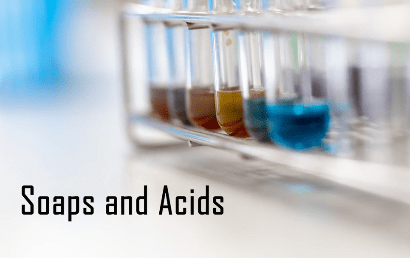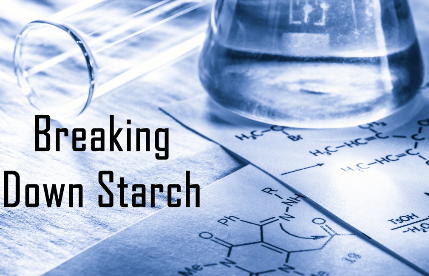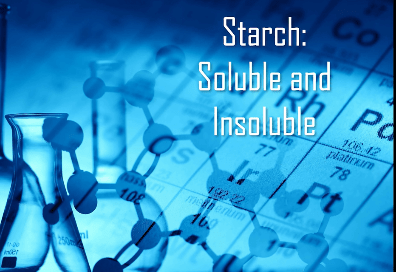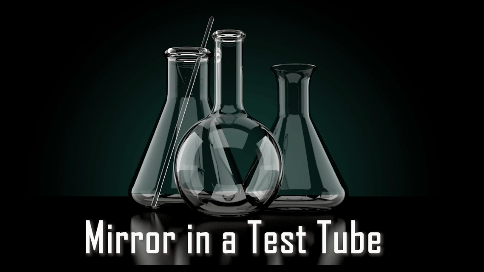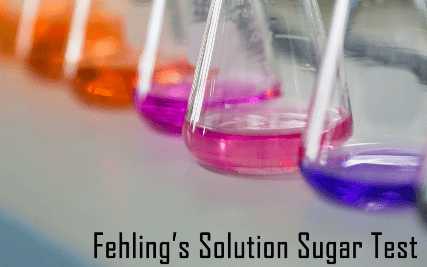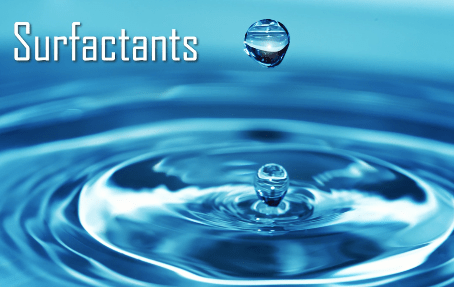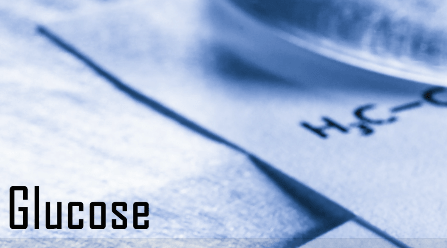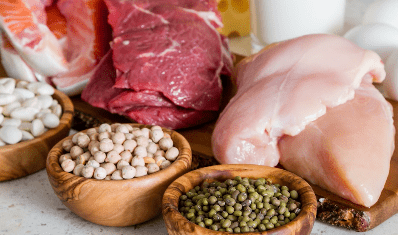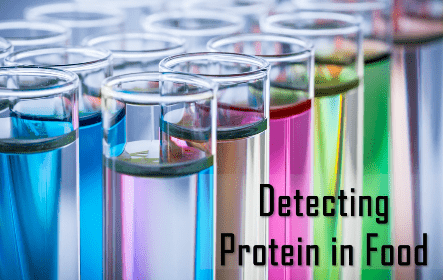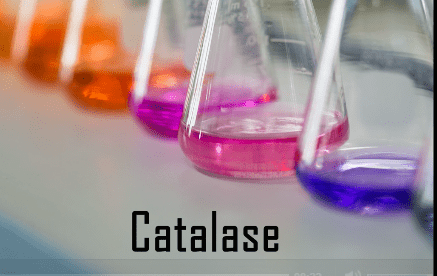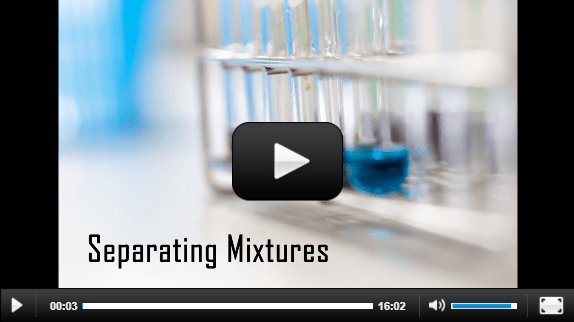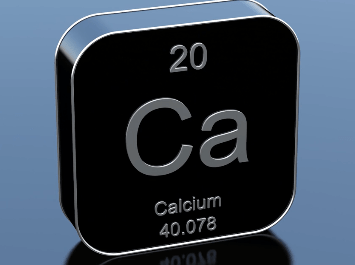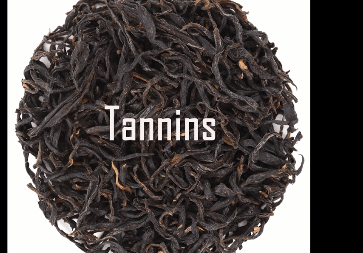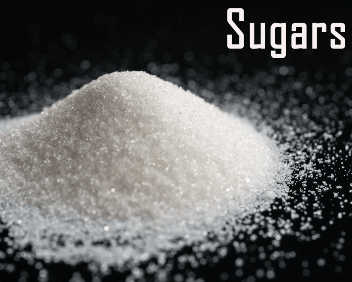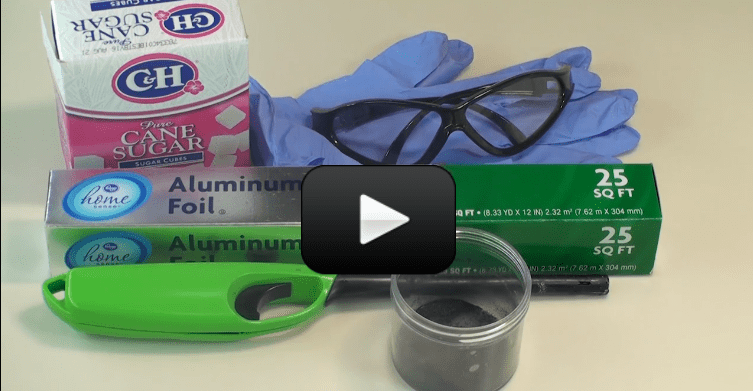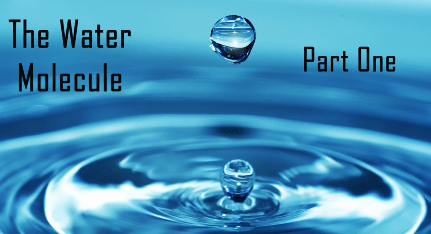Today we will investigate the reducing power of orange.
Please login or register to read the rest of this content.
Calcium is an element that is softer than aluminum but harder than sodium, and it’s less chemically reactive than alkaline metals. Have you ever looked inside of a water pipe? The hard, white crust you see is probably calcium or magnesium deposits (especially if you have “hard” water). When calcium comes in contact with air, it forms an oxide coating which protects it from further corrosion.
Please login or register to read the rest of this content.
Tannins are everywhere in nature: in wood, bark, leaves, and fruit of plants like walnut, cranberry, cacao, grapes, and oak trees. Tannins are how plants make themselves unappetizing to animals, so they won’t eat the fruit before it’s ripe. Have you ever eaten an unripe pear or plum? That’s the tannin you’re tasting! People have used tannins to “tan” animal hides to make leather. People like tannins in their food, because it can be managed to make the food taste really good, like in chocolate, tea, coffee, and wine.
Please login or register to read the rest of this content.
We’re going to look at the properties of sugar. We’re going to combine sugar in different solutions to explore the interesting properties it has, including how even though sugar is sweet, something like apple juice, which has a lot of sugar in it, is actually acidic! It’s important that you DO NOT EAT ANYTHING in this lab. This is a CHEMISTRY LAB.
Please login or register to read the rest of this content.
Surfactants are compounds that decrease the surface tension between two liquids, a liquid and a gas, or a liquid and a solid. You’ll find surfactants acting as detergents (in laundry soaps), emulsifiers (like egg yolks and soy lecithin), foaming agents (like in foaming soaps, shampoos, and toothpaste), and dispersants (usually added to prevent clumping, like in engine oils and in concretes so it flows correctly before setting). Not all surfactants are the same, but they all are aimed at doing a particular job.
Please login or register to read the rest of this content.
We’re going to do experiments on the water molecule to discover more about water! We’ll need the lime water solution from a previous experiment. Water is a chemical compound and a polar molecule, and it’s a liquid at atmospheric temperature and pressure. The solid state is known as “ice” and the gaseous form is “water vapor”.
Please login or register to read the rest of this content.

